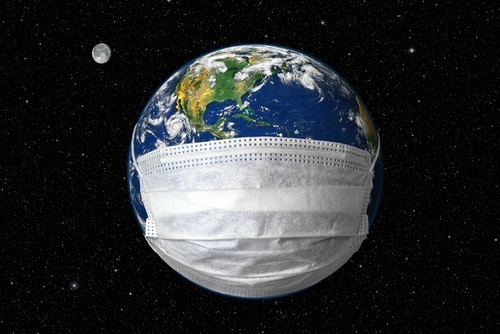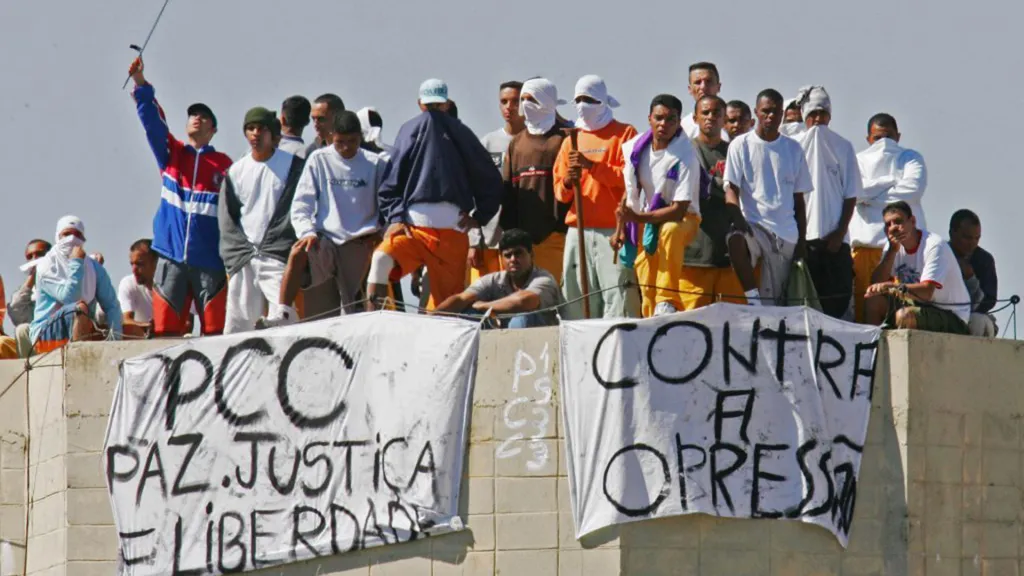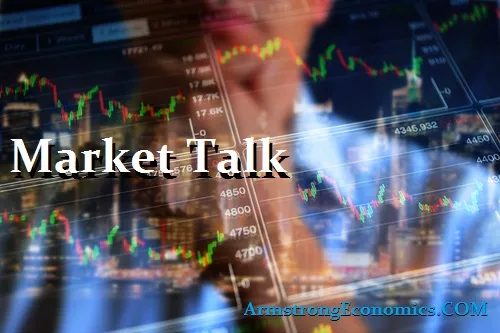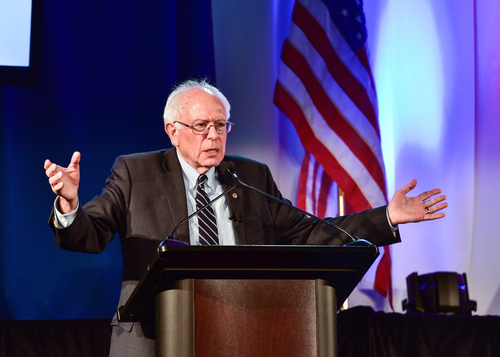The Federal Reserve’s balance sheet expanded to a record $4 trillion in the week ended December 18th. The Fed balance sheet has expanded thanks to QE buying $85 billion a month in Treasurys and mortgage related assets since last January. The Fed’s balance sheet has expanded from $891 billion in 2007 without creating inflation. This is only one side of the coin. The other is the fiscal side that is controlled by Congress.
The Fed now holds $1.5 trillion in mortgage-related assets and $2.2 trillion in Treasurys. The central bank also holds $326 billion in other assets. The junk bonds from mortgages the banks dumped on the Fed will eventually become a drag. But like any program, once implemented, it is hard to stop.
The inflation will not come from the monetization by the Fed, but rather the rise in interest rates will send the deficit upward sharply and here is where the appetite for US debt will begin to decline. This is where rates will be forced higher. We are likely to see inflation in prices in the years ahead, but this will be driven by a rise in taxation and those we will end up with stagflation. GDP growth jumped sharply, but this was largely caused by building inventories for Christmas.
The real crisis is the Fed has boxed itself in. It cannot reduce its balance sheet without worrying it will cause a recession. The Fed has disarmed itself with QE and maintaining rate far too low to help the banks. This is a crisis waiting to happen.









